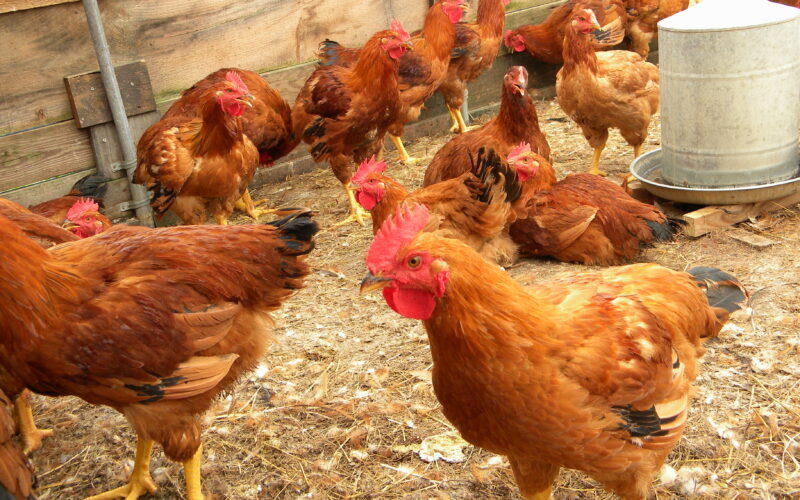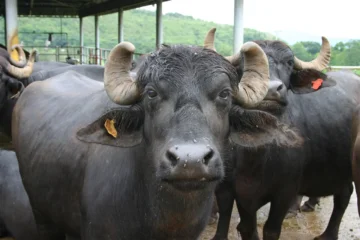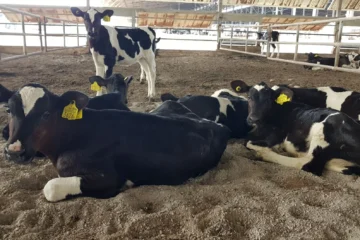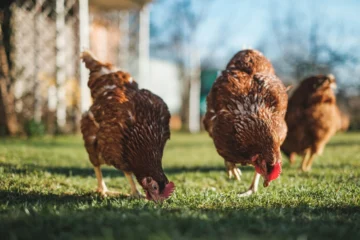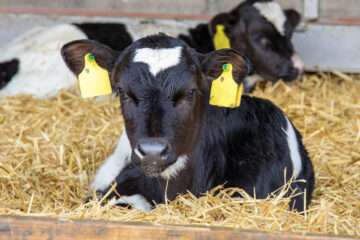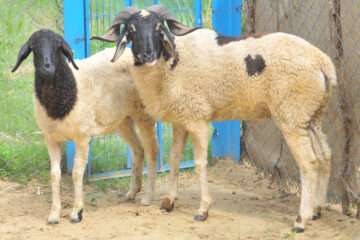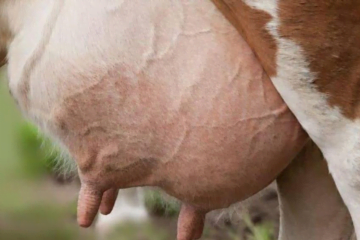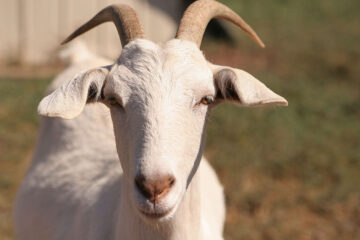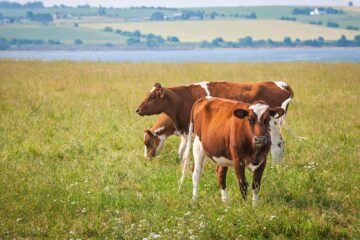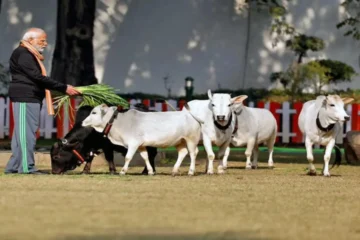Published in the February 2023 Issue
Farmers face numerous challenges during rainy seasons due to changes in climatic conditions, including reduced egg production, decreased water consumption, and lower hatchability rates. These issues can lead to significant economic fluctuations in poultry farms as the lower temperatures, poor ventilation, and lack of sunlight directly or indirectly impact egg and meat production.
To mitigate economic losses and address the challenges of the rainy season, poultry farmers should adopt the following management practices:
Coop Structure
During the rainy season, poultry coops should be designed to provide all necessary facilities for chickens. The direction of wind and sunlight influences the internal temperature and lighting of the coop. Therefore, coops should be oriented east-west to maximize sunlight exposure.
The coop should be built on elevated ground to prevent waterlogging. To protect chickens from cold winds and rain, tarpaulin sheets can be hung around the coop. The roof should extend beyond the walls to prevent rainwater from entering. Disinfection footbaths at the entrances with strong disinfectant solutions are essential.
Ventilation
Proper ventilation in the coop is crucial during the rainy and cold seasons. High humidity levels from chicken respiration and waste can increase ammonia levels, leading to respiratory issues. Installing windows and exhaust fans helps maintain good air circulation.
Litter Management
The coop floor should be covered with high-quality litter materials like rice husks, wood shavings, coconut coir waste, or groundnut shells. This helps absorb moisture from chicken droppings, preventing infections. Good litter also acts as an insulating layer, maintaining moderate warmth for the chickens during the rainy and cold seasons.
Feed Management
Feed plays a crucial role in maintaining body temperature, supporting physiological functions, and promoting growth in bones, flesh, feathers, and eggs. During the cold season, chickens require more food and oxygen to maintain body heat. Consequently, farmers should increase feed quantity during cold weather.
To avoid waste and ensure efficiency, energy-rich ingredients like oil and fat should be added to the feed, reducing other unnecessary nutrients. Ensuring feed is protected from moisture and properly stored is vital to prevent mold and mycotoxin contamination. Feed bags should be stored off the ground on wooden pallets, away from walls.
Water Management
During the rainy and cold seasons, chickens drink less water. To maintain hydration, provide lukewarm water consistently. Since vaccines, medications, and vitamins are administered through drinking water, reduced water consumption can impact their effectiveness. Withhold water for a few hours before administering medicated water to ensure chickens drink it entirely.
Artificial Heat and Light
Ensure artificial heating systems in the coop are functioning correctly 48-72 hours before introducing chicks. Maintain a consistent temperature of 33-36°C and 60% humidity. Provide 30-50 lux light for the first seven days to help chicks quickly adapt and consume feed and water.
Disease Management
During the rainy season, contaminated drinking water can increase the risk of parasitic and infectious diseases in chickens. Deworming medication should be administered every three months as per veterinary advice.
Common Diseases and Preventive Measures:
- White Diarrhea: Spread through water and air, control it by vaccinating chickens at 7, 28, and 56 days.
- Fowl Pox: Caused by mosquitoes and blood-sucking insects, prevent it by reducing mosquito populations and vaccinating the birds.
- Fowl Cholera: Caused by Pasteurella multocida, thriving in damp litter. Treat affected chickens with appropriate antibiotics.
- Infectious Coryza: Spread by damp litter and unclean water, treat with antibiotics as per veterinary guidance.
- Coccidiosis: Spread by moist litter and contaminated feed or water. Treat with coccidiostats mixed in feed or water.
Adhering to these practices can help protect chickens from diseases during the rainy season, ensuring steady egg and meat production, leading to profitability.
Dr. V.C. Vadivu, Dr. R. Gopi, Training and Research Centre, Tamil Nadu Veterinary and Animal Sciences University, Salem – 636001.

